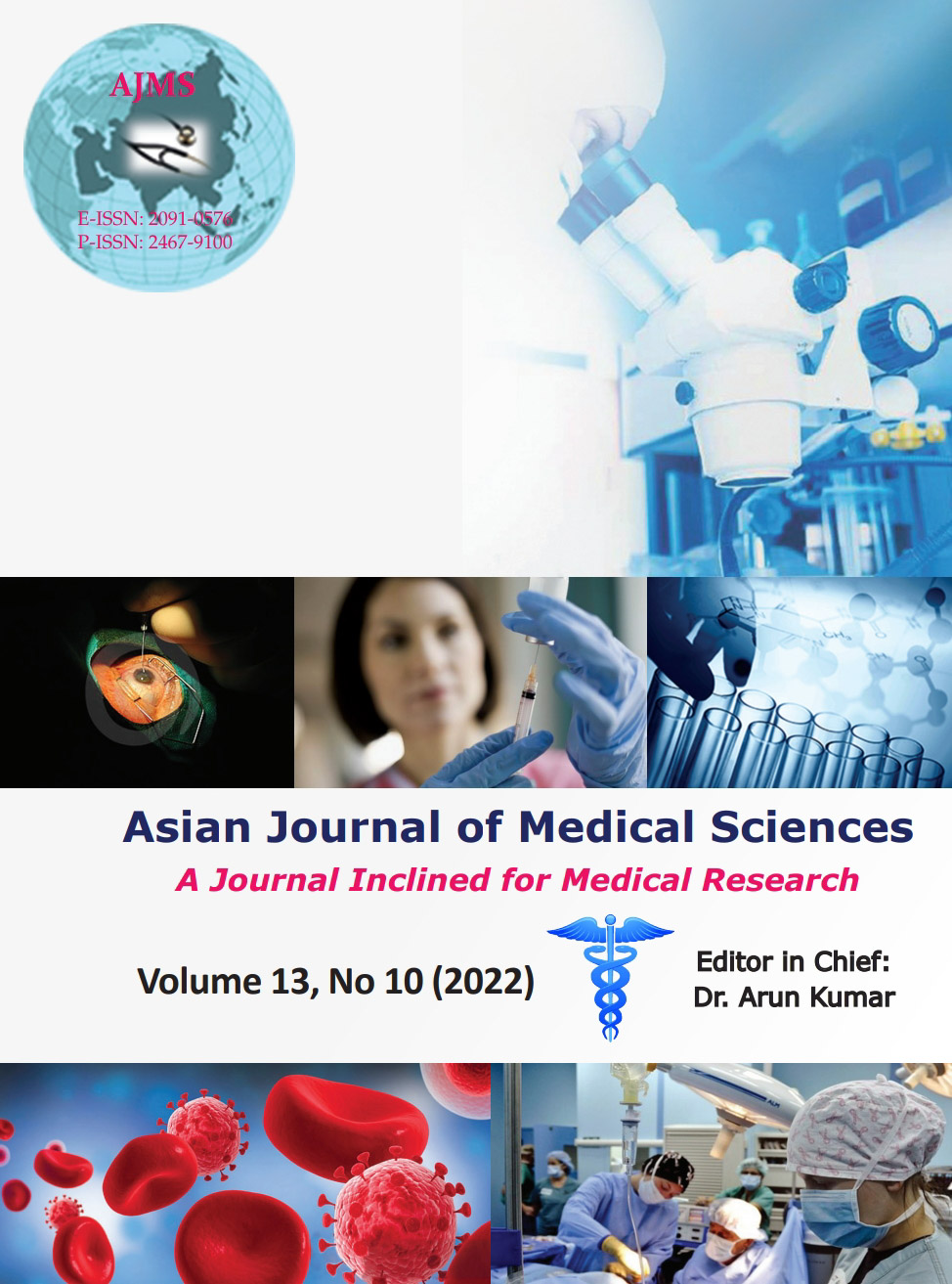Quantification of sleep architecture in different grades of apnea hypopnea index in patients having obstructive sleep apnea
Keywords:
Apnea-hypopnea index; Obstructive sleep apnea; Polysomnography; Sleep architectureAbstract
Background: Optimum sleep architecture is important from the point of view of optimum physiological functions. Sleep is qualitatively as well as quantitatively affected in patients of obstructive sleep apnea (OSA). Male gender and obesity are associated with increased risk of OSA. It is being increasingly recognized due to increased awareness not only among treating physicians but also in general population. We undertook this study to do quantification of sleep in individuals diagnosed with apnea/hypopnea syndrome and having different grades of apnea/hypopnea index (AHI).
Aims and Objectives: The aims of this study were to analyze sleep pattern in individuals diagnosed with obstructive sleep apnea having different grades of AHI.
Materials and Methods: This was a retrospective analytical study, in which data were collected from polysomnography reports of 92 patients having obstructive sleep apnea. The study was conducted in the Pulmonary Medicine, Seth GS Medical college and KEM Hospital Mumbai. Ninety-two patients diagnosed to be having OSA were included in this study on the basis of a predefined inclusion and exclusion criteria. The sleep parameters included in the study were total sleep time, percentage of time spent in rapid eye movement (REM), percentage of time spent in non-REM (NREM) Stage I, percentage of time spent in NREM Stage II, percentage of time spent in Stage III, percentage of time spent in stage NREM IV, N2 sleep, and wake after sleep onset (WASO) Index. P<0.05 was taken as statistically significant.
Results: Among the 92 studied cases, there were 66 (71.74%) males and 26 (28.26%) females with a M: F ratio of 1: 0.39. Most of the patients belonged to age group between 35–50 years (39.13%) and 51–70 years (42.39%). Most of the patients with obstructive sleep apnea were either obese (59.78%) or overweight (27.17%). AHI was found to be mild, moderate, and severe in 32 (34.78%), 15 (16.30%), and 16 (17.39%) patients, respectively. Percentage of NREM I, NREM II and NREM IV, and N3 SL was found
to be comparable across groups of different AHI (P>0.05). The median AHI of the patients with underweight, healthy weight, overweight, and obese individuals was found to be 7.6, 5.5, 11.6, and 6.9, respectively, and it was found to be comparable with no statistically significant difference (P>0.05).
Conclusion: Obstructive sleep apnea affects sleep pattern qualitatively as well as quantitatively and is more likely to affect NREM I and WASO.
Downloads
Downloads
Published
How to Cite
Issue
Section
License
Copyright (c) 2022 Asian Journal of Medical Sciences

This work is licensed under a Creative Commons Attribution-NonCommercial 4.0 International License.
Authors who publish with this journal agree to the following terms:
- The journal holds copyright and publishes the work under a Creative Commons CC-BY-NC license that permits use, distribution and reprduction in any medium, provided the original work is properly cited and is not used for commercial purposes. The journal should be recognised as the original publisher of this work.
- Authors are able to enter into separate, additional contractual arrangements for the non-exclusive distribution of the journal's published version of the work (e.g., post it to an institutional repository or publish it in a book), with an acknowledgement of its initial publication in this journal.
- Authors are permitted and encouraged to post their work online (e.g., in institutional repositories or on their website) prior to and during the submission process, as it can lead to productive exchanges, as well as earlier and greater citation of published work (See The Effect of Open Access).




